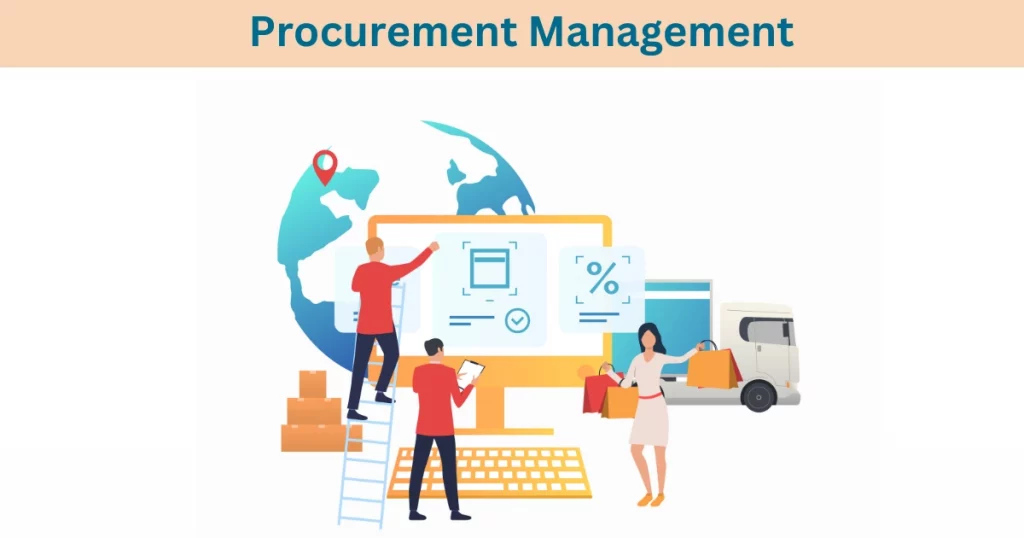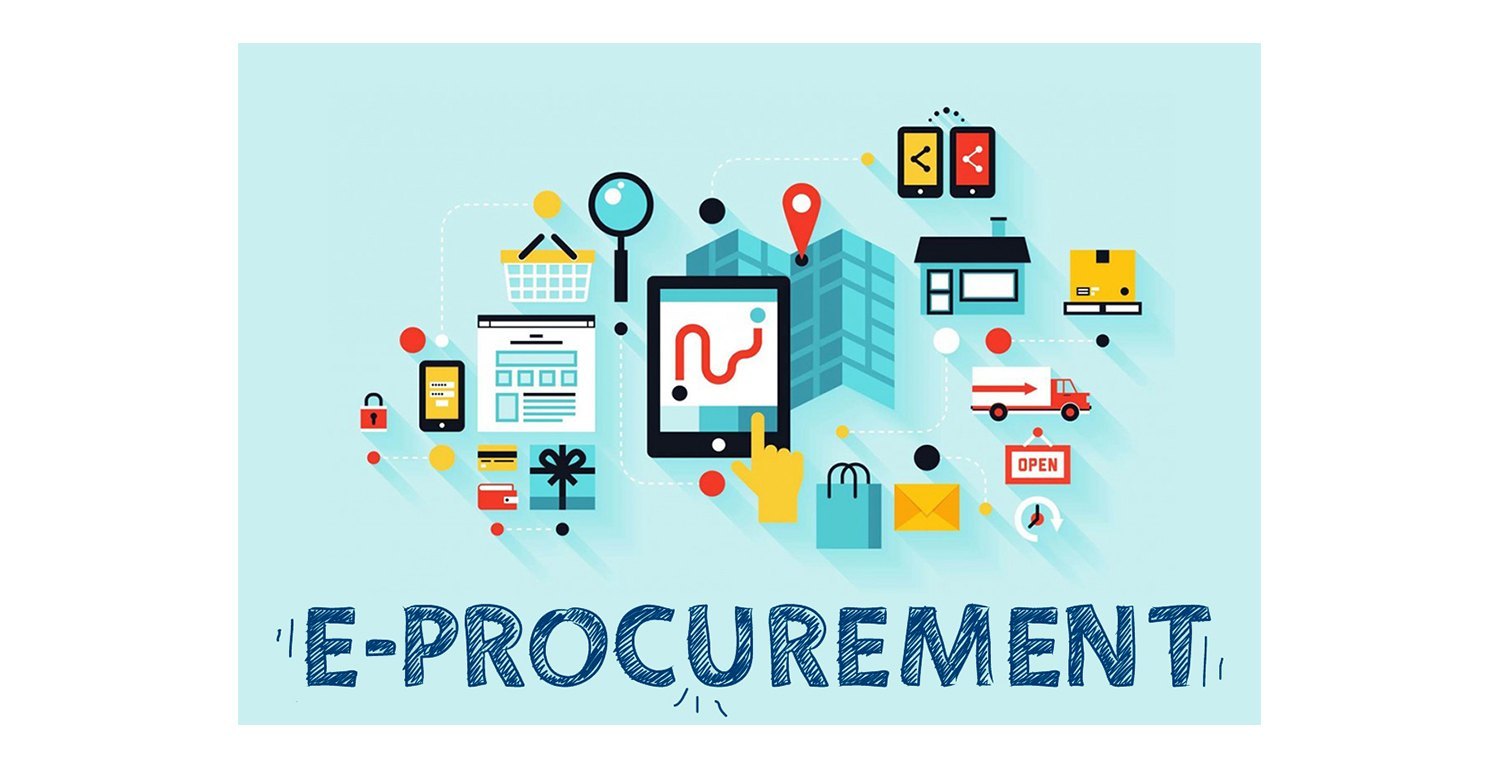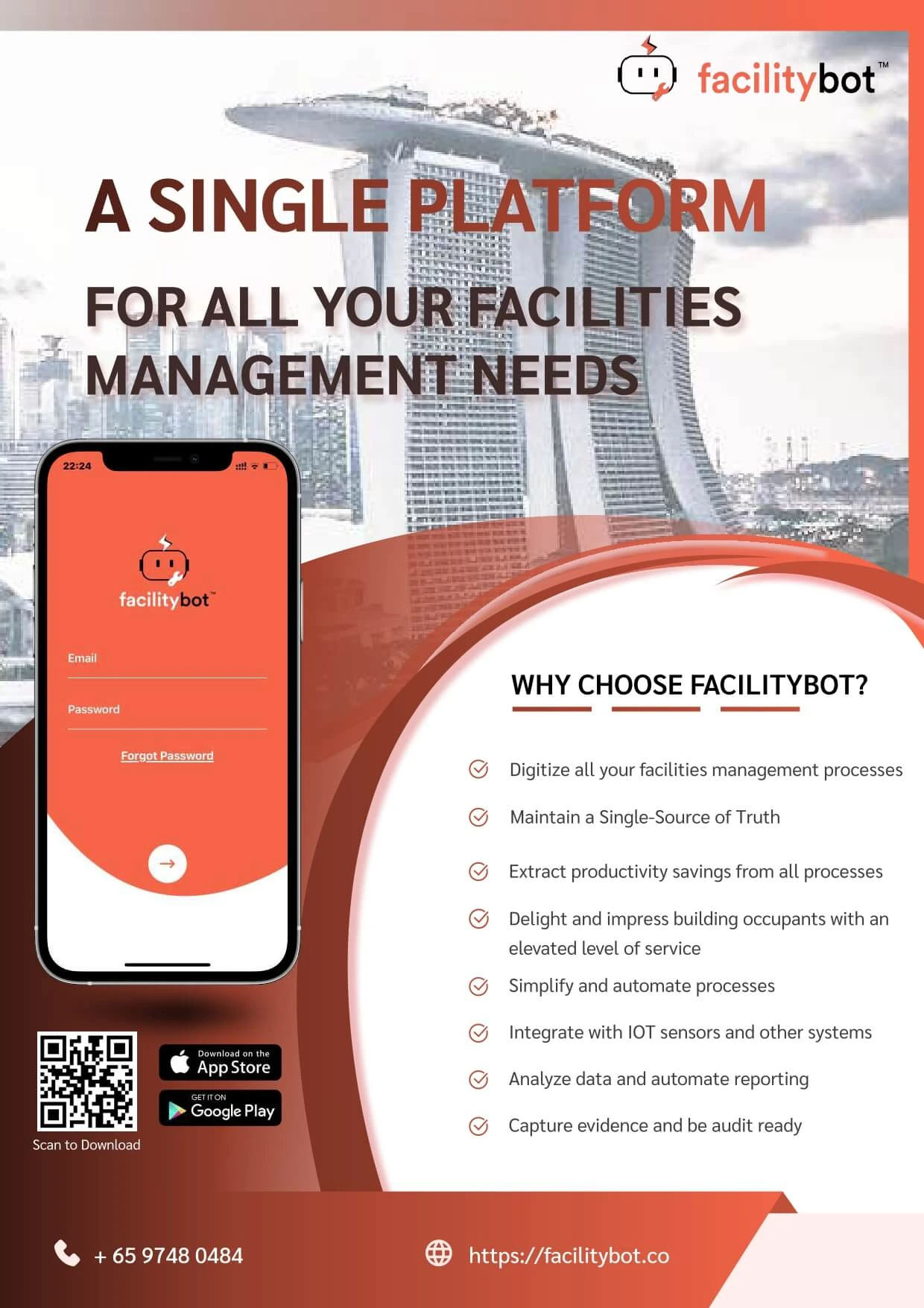Last updated on May 12th, 2025 at 07:22 pm
Procurement management is a critical function in any organization, responsible for the strategic and operational process of acquiring the products, materials, goods, and services that a business needs to function effectively. Often confused with terms like sourcing and purchasing, procurement management encompasses a wider scope. While sourcing is more strategic and purchasing is operational, procurement management unifies both elements into a coherent system focused on efficiency, cost-effectiveness, and risk mitigation.
Whether you’re in manufacturing, hospitality, healthcare, or facilities management, procurement management directly impacts your company’s bottom line. It involves managing supplier relationships, negotiating contracts, ensuring quality standards, and leveraging data to make informed purchasing decisions.
Why Is Procurement Management Important?
Procurement management is essential because it ensures that every item or service your organization requires is acquired in a timely, cost-effective, and efficient manner. Here’s why procurement management is indispensable to modern enterprises:

1. Cost Control
By strategically managing the procurement lifecycle, organizations can negotiate better terms, reduce purchase prices, and avoid unnecessary expenditures. An effective procurement plan enables businesses to leverage competitive pricing and bulk purchasing options, helping control budgets and improving profitability.
2. Improved Quality Assurance
Procurement management ensures goods and services meet established standards. Poor quality products can disrupt operations and damage brand reputation. Through structured procurement processes, companies can implement supplier evaluations and performance metrics to ensure quality is maintained.
3. Risk Mitigation
Every supply chain has inherent risks, including delivery delays, vendor failures, and market volatility. Procurement management identifies and addresses these risks proactively. Establishing contingency plans, diversifying supplier bases, and negotiating flexible contracts help reduce potential disruptions.
4. Better Supplier Relationships
Building long-term relationships with reliable suppliers is one of the core goals of procurement management. These relationships foster trust, encourage collaboration, and often result in preferential pricing, faster delivery, and priority support.
5. Operational Efficiency
Streamlining procurement workflows through automation and centralized systems reduces manual effort, eliminates bottlenecks, and accelerates purchasing cycles. Efficient procurement processes free up internal resources and allow organizations to focus on core business activities.
Key Steps in the Procurement Process
Procurement management typically follows a structured lifecycle, commonly known as the “procure-to-pay” process. This includes:
- Specifying and Planning – Identifying the need and setting specifications.
- Identifying and Selecting Suppliers – Vetting and choosing vendors.
- Negotiating and Contracting – Finalizing terms and agreements.
- Placing the Purchase Order – Initiating the formal request.
- Expediting – Monitoring timely delivery.
- Receipt and Inspection – Verifying quality and quantity.
- Invoice Clearing and Payment – Ensuring correct billing and making payments.
- Maintaining Records and Relationships – Storing documents and nurturing partnerships.
Each step ensures transparency, accountability, and compliance across the procurement lifecycle.
Common Procurement Management Challenges
Without an efficient procurement system, organizations may face numerous hurdles:
- Manual Processes: Paper-based workflows lead to lost documents and errors.
- Slow Approvals: Delays in approvals can result in missed deadlines and lost discounts.
- Lack of Compliance: Without proper tracking, organizations may overspend or fail to meet legal and internal compliance requirements.
- Disjointed Data: Siloed information across different systems limits visibility and decision-making.
By digitizing procurement functions, companies can overcome these challenges and drive significant improvements in their operations.
Procurement Management Best Practices
Adopting best practices can significantly enhance procurement outcomes:
- Develop a Clear Procurement Strategy: Align procurement goals with business objectives.
- Use a Centralized Procurement System: Avoid inefficiencies caused by fragmented systems.
- Strengthen Supplier Relationships: Collaborate for mutual growth and success.
- Embrace Procurement Technology: Adopt tools that support automation, analytics, and compliance.
- Establish Internal Controls: Enforce procurement policies and budget adherence.
- Measure and Improve: Track KPIs and continuously refine procurement processes.
- Invest in Training: Ensure team members understand tools, processes, and expectations.
How Software Enhances Procurement Management
Procurement management software, also known as procure-to-pay (P2P) systems, brings automation, visibility, and control to procurement operations. Here’s how software transforms procurement:
- Automates Approval Workflows: Reduces delays and human errors.
- Streamlines Purchase Orders: Eliminates manual paperwork and accelerates processing.
- Enhances Invoice Management: Enables automated 3-way matching and fast payments.
- Improves Vendor Management: Tracks performance and facilitates onboarding.
- Supports Compliance: Stores contracts and ensures adherence to procurement policies.
- Integrates with ERP & Accounting: Shares data seamlessly across departments.
- Centralizes Data: Provides audit trails, spend analysis, and vendor records.
According to KPMG, automation can reduce procurement costs by 40–75%. Digitizing key procurement functions significantly enhances productivity and profitability.
The Role of Procurement Management in Strategic Growth
Beyond operational benefits, procurement plays a strategic role in business growth. Procurement teams can:
- Drive global expansion through international supplier networks.
- Promote corporate responsibility by engaging diverse and sustainable vendors.
- Contribute to innovation by identifying cutting-edge products and solutions.
- Align with revenue goals by supporting time-to-market initiatives.
This shift has led to the rise of executive procurement roles like the Chief Procurement Officer (CPO), underscoring the growing importance of procurement in strategic planning.
Facility Bot: Streamlining Procurement for Facilities Management
At Facility Bot, we understand the complexities of procurement in facilities management. Our platform offers advanced procurement management software and CMMS Software (Computerized Maintenance Management System) capabilities that empower facility managers to make smarter, faster, and more cost-effective procurement decisions.
With Facility Bot, you can digitize your procurement lifecycle, from requisition to payment, all in one centralized system. Gain visibility into spend, enforce compliance, manage suppliers effectively, and integrate seamlessly with your existing workflows. Whether you’re sourcing cleaning services, HVAC components, or maintenance contracts, Facility Bot ensures that procurement becomes a strategic asset for your organization.
Invest in smart procurement with Facility Bot and transform your facilities management operations today.




